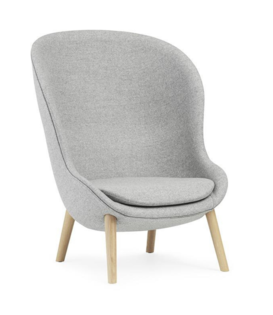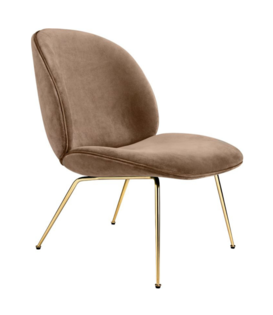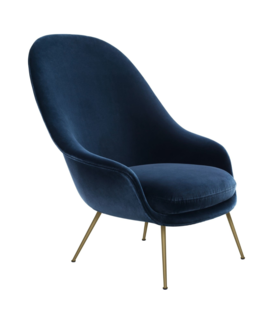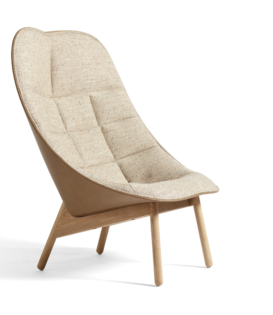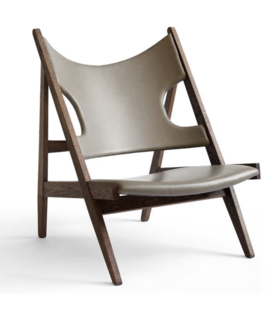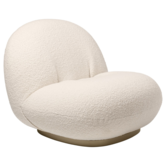
- Free shipping NL/B from €75,-
- Full service delivery
- Showroom 6 dagen p. week open van 10-17.30u
- T 085 1303619 - [email protected]
GUBI PACHA LOUNGE CHAIR.
Design by Pierre Paulin.
The French designer, managed to give a real elegance to the rounded forms of the Pacha Chair by finding the perfect proportions, raising it lightly on its base and tracing in the foam and upholstery with stitching lines inclined inwards. Through pieces like the Pacha Chair, Pierre Paulin pioneered low-level living; a modern way of living and sitting on the floor, by getting rid of chair legs.
With comfort as the constant starting-point in his designs, the curvaceous, whimsical and organic shapes of the Gubi Pacha Chair is conceived to serve the body, providing both comfort and cosiness. Looking as contemporary today as when it first was designed, the Pacha Chair is an honest, functional piece that brings life and character to any interior setting.
The dimensions are,30.31” W x 33.46” D x 25.59” H | Seat: 21.26” D x 14.57” H (77 x 85 x 65 | 54 x 37 cm).
The chair is in fabric or leather upholstery, de base is in Ral pearl gold or traffic black.
♠ made to order
About the designer:
Legendary French furniture designer Pierre Paulin (1927-2009) bestrode the 1960’s and 70’s with his recognizable and innovative style that instantly revolutionized everyday furniture. He studied at the École Camondo design school in Paris, where his teacher urged him to join Marcel Gascoin’s workshop. There Paulin took in Scandinavian aesthetics and gained great insight in the role that design could play in society.
Through the 1950’s Pierre Paulin moved on to design furniture on his own and he began to experiment with stretchy, extensible fabrics that could be drawn across a chair’s armature. He started successful collaborations with Thonet France and Artifort, where the latter resulted in several iconic pieces such as the Mushroom, Ribbon and Tongue chairs, all of which have become sought-after design classics.
A joyful modernist, Paulin’s low-slung pieces provided a new laid-back perspective on life and his forward-looking, eclectic and sculptural approach to furniture design instantly caught the mood of the swinging 60’s. The hedonistic, sinuous style of Paulin’s design also attracted the patronage of presidents Georges Pompidou and François Mitterrand, who asked him to redecorate parts of the Elysée Palace in the 1970’s and 80’s.
Widely recognized, Pierre Paulin’s innovative designs can today be found in contemporary art and design collections around the world, from the Museum of Modern Art, New York to the Victoria and Albert Museum, London along with the National Centre for Art and Culture Georges Pompidou in Paris.
Weight: 1000












